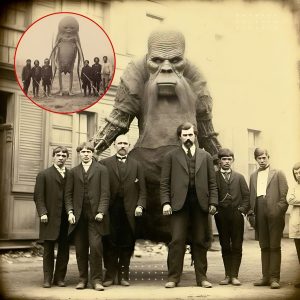From a purely agricultural area in 1979, the Pearl River Delta gradually became one of the largest urban areas in the world.
In 2008, the Chinese government announced the planning of Guangzhou, Shenzhen, Dongguan, Zhaoqing, Foshan, Huizhou, Jiangmen, Zhongshan and Zhuhai into one super city.
A series of infrastructure construction projects have been implemented to consolidate the transportation, energy, water supply, and telecommunications networks of 9 cities. With subsequent continuous development, the World Bank has also recognized the Pearl River Delta as the world’s largest urban area in both population and area.
The Chinese government is constructing a bridge-tunnel system more than 48 km long connecting Zhuhai city with the two special administrative regions of Macau and Hong Kong. Two photos from left to right clearly show the changes in the Pearl River Delta area after 21 years (from 1979 to 2000) of urbanization.
Hong Kong Port in 2015 (below) compared to 1971. Hong Kong was originally an autonomous region that was paid to China by the British Empire in 1997 after 99 years of land lease. Compared to 1971, the special zone has now expanded its area towards the sea due to increased population density. Specifically, in 1980, Hong Kong’s population was only 4.6 million people, but this number skyrocketed to 7.3 million people in 2015.

Hong Kong’s Kowloon Peninsula seen from the top of Mount Fei Ngo Shan in 2016 (top) and 1964. With rapid development, Hong Kong has become the area with the most high-rise buildings in the world today.

The change of Shenzhen seen from Crest Hill (Hong Kong) in 2015 (above) and 1964. Shenzhen is also one of the cities with an incredible growth rate with a skyrocketing population size. 10.7 million people in 2015 from just 58 thousand people in 1980.

Shennan East-West Avenue – the main traffic artery of Shenzhen after 30 years (1985-2015). Along with economic development, Shenzhen’s infrastructure system has also been strongly improved.

Jinxi Ethnic Customs Village Park in Shenzhen in 2015 and 1991. While this park still retains miniatures of some famous tourist attractions in China, such as the Great Wall , Forbidden City, the residential area outside has completely changed.

Guangzhou is the third largest city in China and the largest city in the Pearl River Delta region. In 1949, Guangzhou stood out with the two towers of the Sacred Heart Church right in the city center. However, by 2015, those two towers were completely covered by high-rise buildings.

Dongfeng, the central street of Guangzhou city taken in 2015 and 1999. Like Hong Kong or Shenzhen, Guangzhou’s population size also increased sharply from 1.9 million people in 1980 to 12, 5 million population in 2015.

In 2015, a series of apartment buildings sprang up like mushrooms around South Guangzhou Avenue. Before that, in 1991, this place was still just a pristine agricultural land.

Since the Portuguese legalized gambling in Macau in the 1850s, this special administrative region began to develop strongly and was dubbed the “Monte Carlo of the East”.

This is also the only place in China where casinos are allowed to operate. Every year, millions of tourists from mainland China and Hong Kong flock to Macau. As a result, Macau surpassed Las Vegas to become the place with the largest gambling revenue in the world. The population also increased to 548 thousand people as of 2015. In the photo, there is still the Governor Nobre de Carvalho bridge, but the Lisbon casino of 1991 (below) in front has now turned into a hotel and casino complex. giant Grand Lisboa in 2016.

Macau’s coastline photographed from Penha Hill in 2016 (above) and 1964. The peaceful fishing village has now become a bustling trading port with large transport ships.





